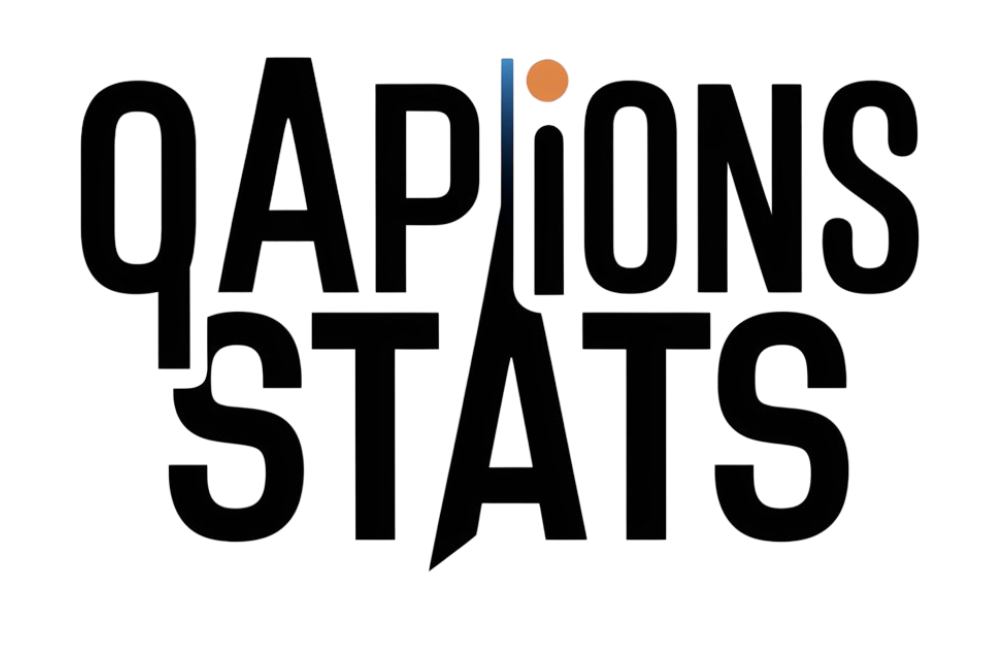Ever come across the term “epsilon” and scratched your head wondering what it actually means? Maybe you’ve spotted it in a math book, overheard it in some brainy conversation, or stumbled onto it while reading something academic. Truth is, epsilon is way more than just another squiggly Greek letter floating around in textbooks.
Getting a handle on epsilon is like unlocking a secret door to understanding complex math concepts, scientific principles, and even some pretty cool linguistic stuff. This little symbol has been around since ancient Greece, and now it’s absolutely crucial in calculus and tons of other fields. It’s all about precision, limits, and things that are incredibly tiny. Time to figure out why it’s become such a big deal in academic and scientific circles!
What Does Epsilon Mean?
Epsilon is basically the fifth letter of the Greek alphabet – think of it as their version of our letter “E.” But here’s where it gets interesting: it means so much more than just being another letter in the lineup. These days, when people talk about epsilon, they’re usually referring to something super tiny or getting close to zero, especially when you’re dealing with math and science stuff.
You’ll mostly see the lowercase version everywhere, and it’s pronounced “EP-si-lon.” It’s become this universal way to represent a ridiculously small positive number. When math folks or scientists throw around epsilon, they’re talking about something so incredibly small that it’s basically nothing, but not quite zero.
There’s also an uppercase version, but honestly, you won’t run into it nearly as much in technical stuff. The epsilon symbol has many names including, backwards 3, upside down 3, and a lot more. See a way more comprehensive, updated guide about this symbol here: https://backwards3.info/backwards-3/
The Origin and History of the Term Epsilon
So epsilon’s story kicks off way back in ancient Greece, around the 8th century BCE, when it first showed up as part of their alphabet. Back then, it was just representing a short “e” sound – nothing fancy. But then something pretty cool happened: it slowly morphed from being just a regular letter into this powerful mathematical tool, especially when calculus started taking off in the 1600s and 1700s.
The real game-changer came in the 1800s when this mathematician named Augustin-Louis Cauchy started using epsilon in a systematic way to nail down the whole concept of limits. Before that, limits were kind of wishy-washy and based on gut feelings rather than solid math. The choice wasn’t random either – epsilon’s connection to “error” or “small stuff” made it the perfect candidate for representing those tiny, almost-zero values we use in math today.
Common Uses of Epsilon in Language and Science
You’ll bump into epsilon all over the place, and each field kind of puts its own spin on it while keeping that core idea of “really small” or “super precise.” Physics nerds use it to represent permittivity in those electromagnetic equations that make your head spin.
Engineers use it when they’re talking about tolerance and error margins – basically making sure stuff works even when manufacturing isn’t perfect. And computer science folks? They use epsilon in algorithms when they need to figure out if two values are “close enough” to call them equal.
Epsilon in Mathematics and Other Disciplines
Math is really where epsilon shows off and becomes the star of the show. In calculus, there’s this thing called the epsilon-delta definition of limits that’s absolutely crucial for understanding continuity and convergence. It basically gives mathematicians a rock-solid way to prove theorems instead of just going with their gut feelings.
What makes epsilon so awesome is how flexible it is – it can represent any positive number you want, no matter how ridiculously small. In statistics, epsilon pops up as those random error terms in regression models, which is just a fancy way of saying it accounts for all the unpredictable stuff that happens with real-world data. It’s like acknowledging that nothing’s ever perfect, and that’s totally okay.
Conclusion
Taking this journey through epsilon’s world shows you just how incredible it is that a simple symbol can connect ancient history with cutting-edge science. Starting out as just another Greek letter and evolving into this fundamental mathematical powerhouse – that’s pretty impressive stuff. Epsilon proves how symbols can grow and adapt to meet our ever-growing need for precision and clarity.
Getting epsilon under your belt really enhances how you understand math, science, and the precise language we use to describe our universe. Whether you’re a student meeting limits for the first time or a professional working with complex systems, recognizing what epsilon brings to the table helps you appreciate just how elegant and powerful mathematical thinking can be.
Also Read-Vidwud AI: Transforming Online Body Swap and Talking Photo Technology


